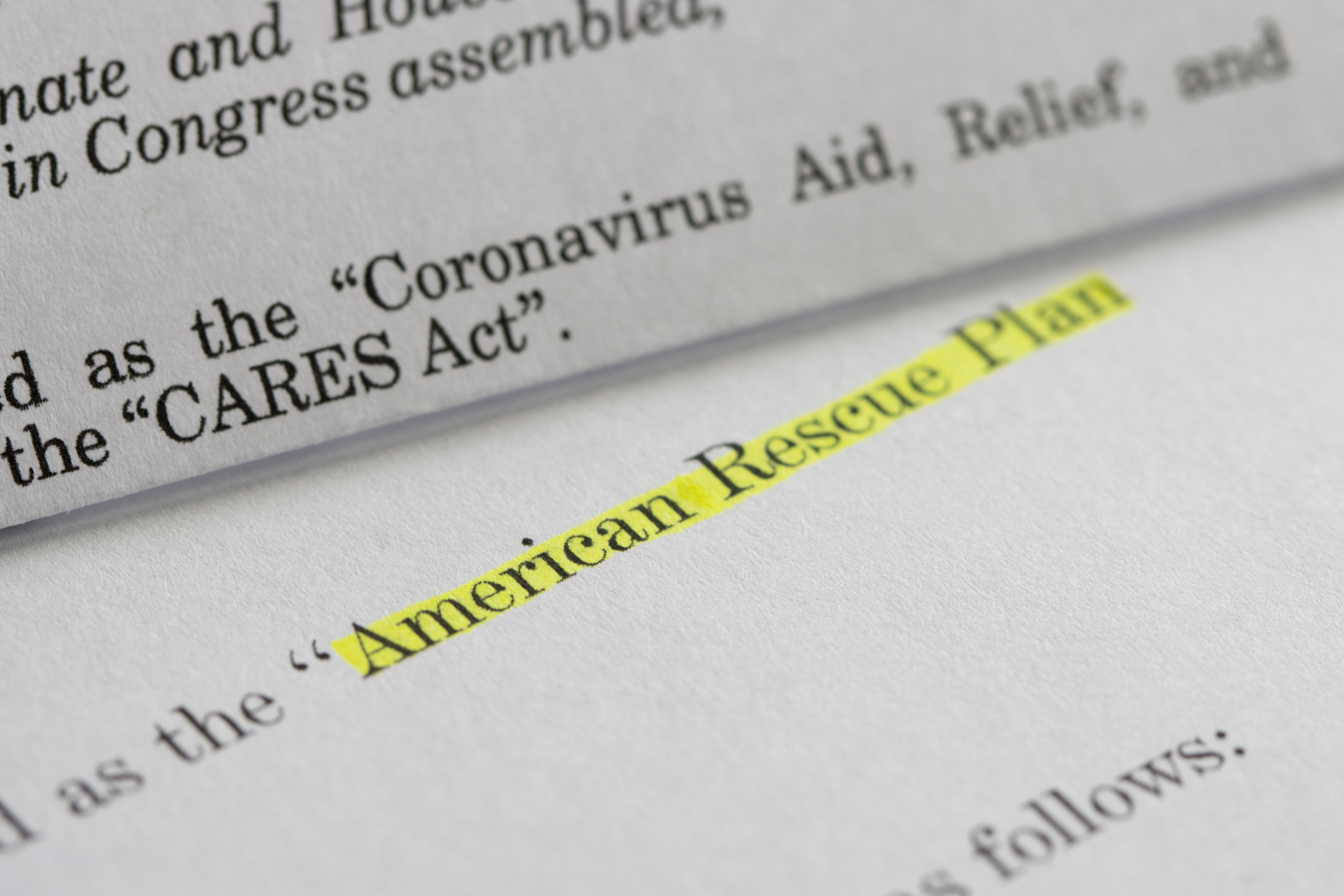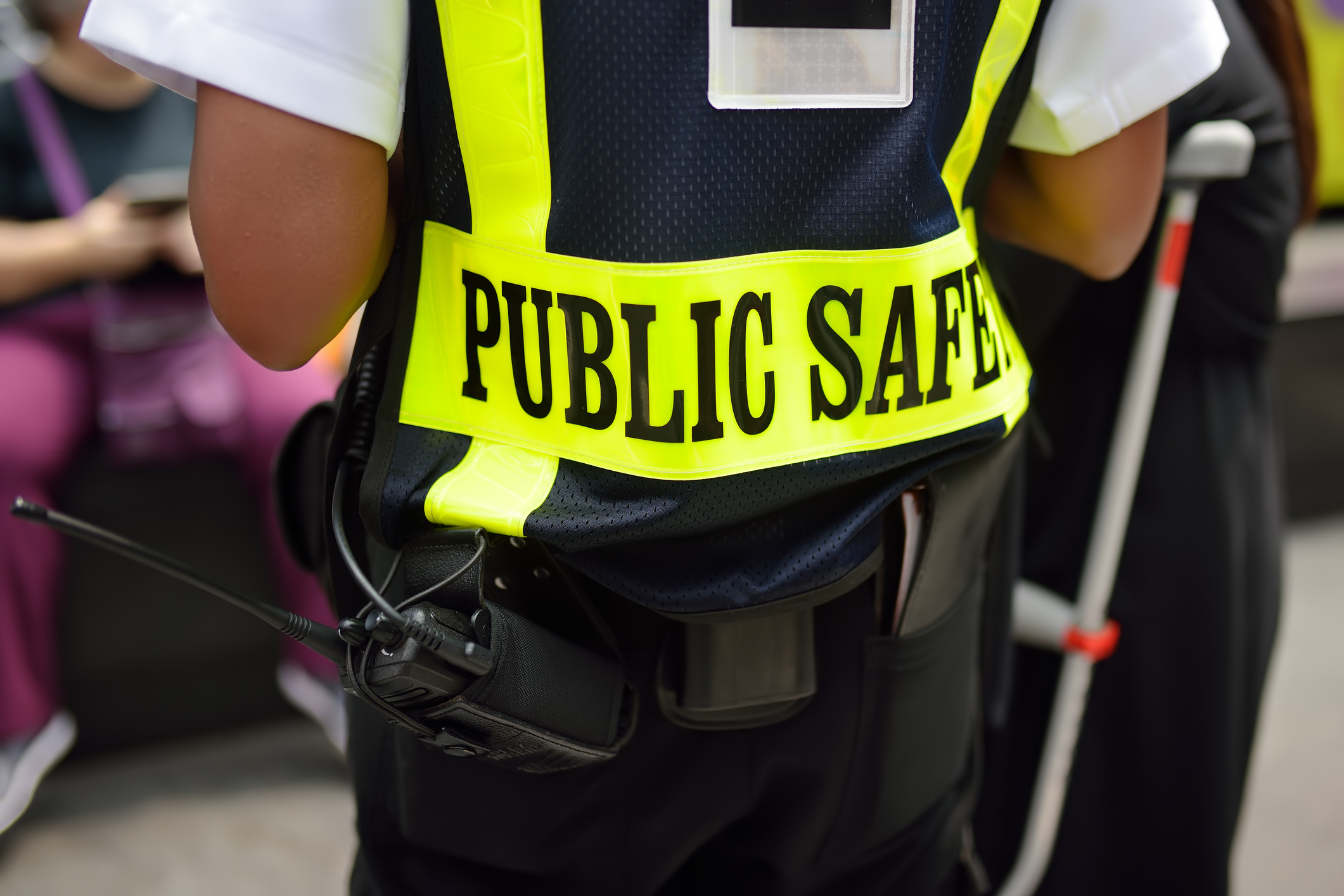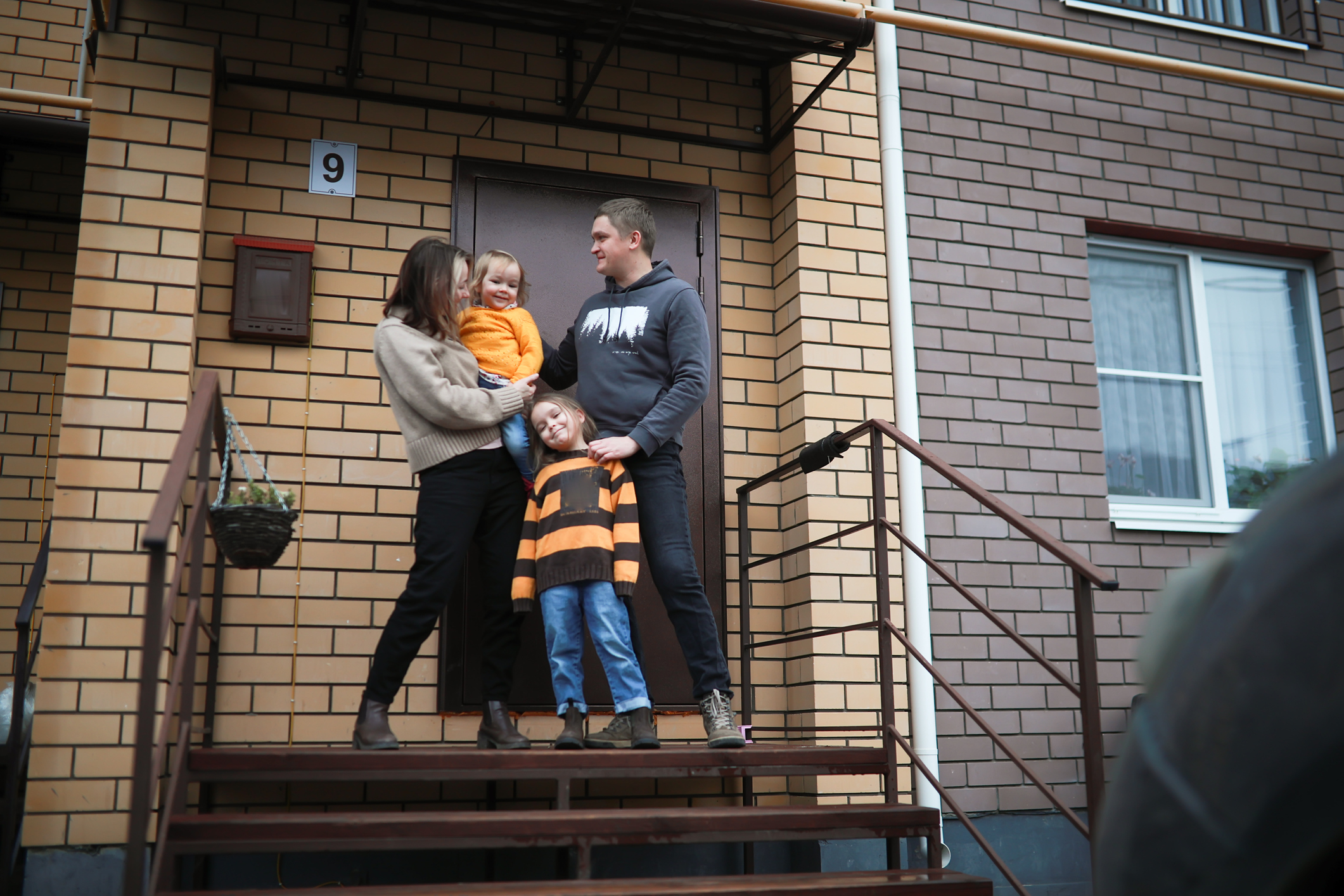Three years after its passage, the impact of the American Rescue Plan Act (ARPA) on America’s cities, towns and villages cannot be overstated.
APRA’s State and Local Fiscal Recovery Fund (SLFRF) provided integral relief for local governments to navigate the COVID-19 pandemic and ensure stability for communities moving forward. During a time of uncertainty, SLFRF allocations ushered in funds to help cities, towns and villages ignite a bottom-up economic recovery strategy to assist the hardest-hit residents, stabilize municipal budgets, and maintain consistent spending on standard local government operations and services.
The SLFRF program provided direct federal aid in the form of block grants to all state, county and municipal governments, allowing for more opportunities for regional and multi-jurisdictional collaborations compared to competitive or categorical grants that are often limited to narrowly defined activities. Additionally, the SLFRF distribution model equitably allocated aid for metropolitan cities by borrowing the anti-poverty formula from the Community Development Block Grant (CDBG) program to deliver funding where it was needed the most. Relatedly, the three- and a half-year timeframe given to recipients to obligate funds has continued to foster opportunities to broadly engage residents and respond to community feedback on decisions around the use of these one-time dollars to address historic, immediate and long-term inequities. Many communities formalized community feedback opportunities, like Dayton, OH, which invested in a resident survey to use community voices and data to guide their decisions.
New safeguards for local government autonomy also allowed local leaders to tailor expenditures to their own community’s top priorities by discouraging states from layering additional or more restrictive spending limitations beyond those approved by Congress. The combination of direct federal aid and safeguards for local autonomy largely eliminated any cause for state and local competition that characterized earlier allocations of emergency aid.
As the December 2024 obligation deadline approaches, municipalities must make a final decision on where to obligate any remaining SLFRF dollars.1 Given that these are one-time funds, local governments will likely endeavor to obligate and spend down their grant funds to as close to zero as possible. To unlock the potential of any remaining unobligated SLFRF allocations both large and small, and in celebration of ARPA’s third anniversary, NLC will highlight investment opportunities for local government grantees of all sizes by sharing project ideas and examples on how to obligate remaining funds in the following categories:
- Community Aid
- Government Operations
- Housing
- Economic and Workforce Development
- Public Health
- Public Safety
- Infrastructure
These key areas are highlighted in NLC, Brookings Metro and the National Association of Counties’ Local Government ARPA Investment Tracker – which is another resource for localities to find thousands of project ideas across recipient types. Because these topics often overlap or impact one another, these blogs can be reviewed together for the strongest impact and to inspire spending opportunities. It is important to note that the projects highlighted throughout these blogs can be scaled to fit a municipality’s size or desired cost depending on the available remaining funds, anticipated need and capacity.
Status of Obligations
Unlike other federal funding, SLFRF has given local governments opportunities and time to address immediate COVID-19 impacts and assist community members disproportionately impacted by the pandemic over the last two years.
As of September 30, 2023:
- Tier 1 recipients have obligated approximately 68%
- Tier 2 recipients have obligated approximately 63%
- Tier 5 municipalities have obligated approximately 70% (as of March 31st, 2023)
Although many local governments have budgeted much of their SLFRF dollars, all obligations must be complete by December 31, 2024. For more information on the status of SLRF obligations, refer to NLC’s collaborative blogs with the Brookings Metro and the National Association of Counties (NACo). See the glossary below for information on Tier reporting requirements.
Looking Towards the Future
ARPA’s landmark legislation envisioned a role for all of America’s elected officials — at the federal, state and local levels — in the nation’s continued recovery from the COVID-19 pandemic. Enacting this vision, SLFRF unleashed the problem-solving potential of local governments and the non-partisan know-how of local leaders to overcome challenges both anticipated and unfamiliar stemming from the COVID-19 pandemic.
As local governments continue to obligate funds, they can take advantage of data-driven decision making to inform their projects. Local leaders can look within their own community to determine where ARPA funds have been invested and locate any gaps in service to shape their remaining spending priorities. As this next stage of the program approaches, localities can continue to rely on Treasury’s guidance for eligible uses, reporting and compliance. Continue to check NLC’s Resource Library to see the incoming relevant ARPA resources and reports or find them at NLC’s ARPA webpage.
Glossary
American Rescue Plan Act (ARPA) is the $1.9 trillion economic stimulus and pandemic recovery legislation signed into law by President Joe Biden on March 11, 2021. This blog and its series focus on the Coronavirus State and Local Fiscal Recovery Funds (SLFRF) program; therefore, authors may use “ARPA” and “SLFRF” interchangeably.
Coronavirus State and Local Fiscal Recovery Funds (SLFRF) is the $350 billion program authorized by ARPA that provides economic stimulus and pandemic recovery funding to U.S. states, territories, cities, counties, and tribal governments.
Allocations are the total funds distributed to state and local governments through SLFRF.
Adopted Budget are dollars distributed to local governments through SLFRF that have been budgeted or committed to specific initiatives or programs.
Spent means the grantee has issued checks, disbursed cash, or made electronic transfers to liquidate (or settle) an obligation.
Obligations are dollars distributed to state and local governments through SLFRF that have been legally dedicated to specific uses, frequently (but not exclusively) through contractual agreements. The Treasury’s recent guidance defines obligations as “orders placed for property and services and entry into contracts, subawards, and similar transactions that require payment.” The Final Rule requires recipient local governments to obligate 100 percent of their SLFRF allocations by December 2024.
Tier 1 local governments are metropolitan cities and counties with populations greater than 250,000. These jurisdictions include states, U.S. territories, and counties but NLC’s focus for this series is on cities. These governments are required to report quarterly, and the last reporting date captured in our data is from September 30, 2023.
Tier 2 local governments are metropolitan cities with a population below 250,000 residents that are allocated more than $10 million in SLFRF funding, and NEUs that are allocated more than $10 million in SLFRF funding. These jurisdictions include counties but NLC’s focus for this series is on cities. These governments are required to report quarterly, and the last reporting date captured in our data is from September 30, 2023.
Tier 5 local governments are metropolitan cities with a population below 250,000 residents that are allocated less than $10 million in SLFRF funding, and NEUs that are allocated less than $10 million in SLFRF funding. These jurisdictions include counties but NLC’s focus for this series is on cities. These governments are required to report yearly, and the last reporting date captured in our data is from April 31, 2023.
Non-entitlement units (NEUs) are local governments that typically serve 50,000 residents or less. Of the $65.1 billion allocated to municipal governments across the country, SLFRF allocated $19.5 billion, or 30 percent, to NEUs. Comparatively, SLFRF allocated $45.6 billion, or 70 percent, to metropolitan cities. Depending on if an NEU is a Tier 2 or Tier 5 recipient, they may have different reporting requirements.
Acknowledgements: Thank you to Archana Sridhar, Irma Esparza Diggs, Josh Franzel and Melissa Williams for their support and review of this blog.












